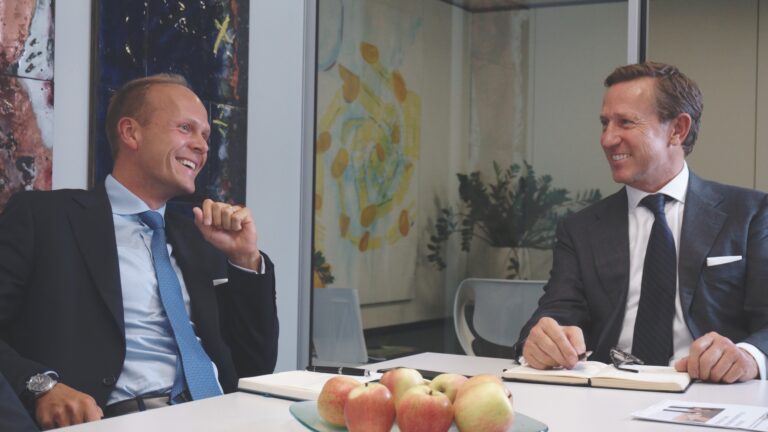How to protect yourself from monetary climate change?
The risk-free recovery?
Experts, media and mainstream economists as well as central planners of all kinds are certain that the great upswing is imminent. The hard times of the crisis are over and, thanks to the strong hand of the state and numerous interventions, the upward surge is upon us. However, as this year’s IGWT report describes, this is not the whole truth. Major risks are being concealed and not addressed. These include inflation, over-indebtedness and the ever greater use of monetary and fiscal stimulus. But this is only part of the bigger picture, which we have christened monetary climate change. Fundamental changes such as the swing of the pendulum to inflation as well as fundamental changes in central banks.
The fusion between central banks and the state
For a long time, the independence of central banks was considered one of the foundations of their role as monetary guardians and independent institutions. However, this has changed significantly in recent years. On the one hand, it is the central banks’ self-image that has changed. They increasingly see themselves as active agents for a specific political programme. This fusion between the state and central banks is perfectly personified by Janet Yellen and Mario Draghi. Another example would be Christine Lagarde’s election recommendation for the German Green Party candidate.
Uncertain waters ahead
For conservative investors or those who know monetary history, we seem to be manoeuvring ourselves into very uncertain waters by the quickest route. But there is a bright spot in all of this. Investors in commodities, precious metals and gold can look forward with confidence to the years ahead. The same reasons that will hurt government bonds but also equities form the basis for the bull market in all these fields. Higher inflation, massive government construction projects, sustainable industry and manufacturing to name a few.

